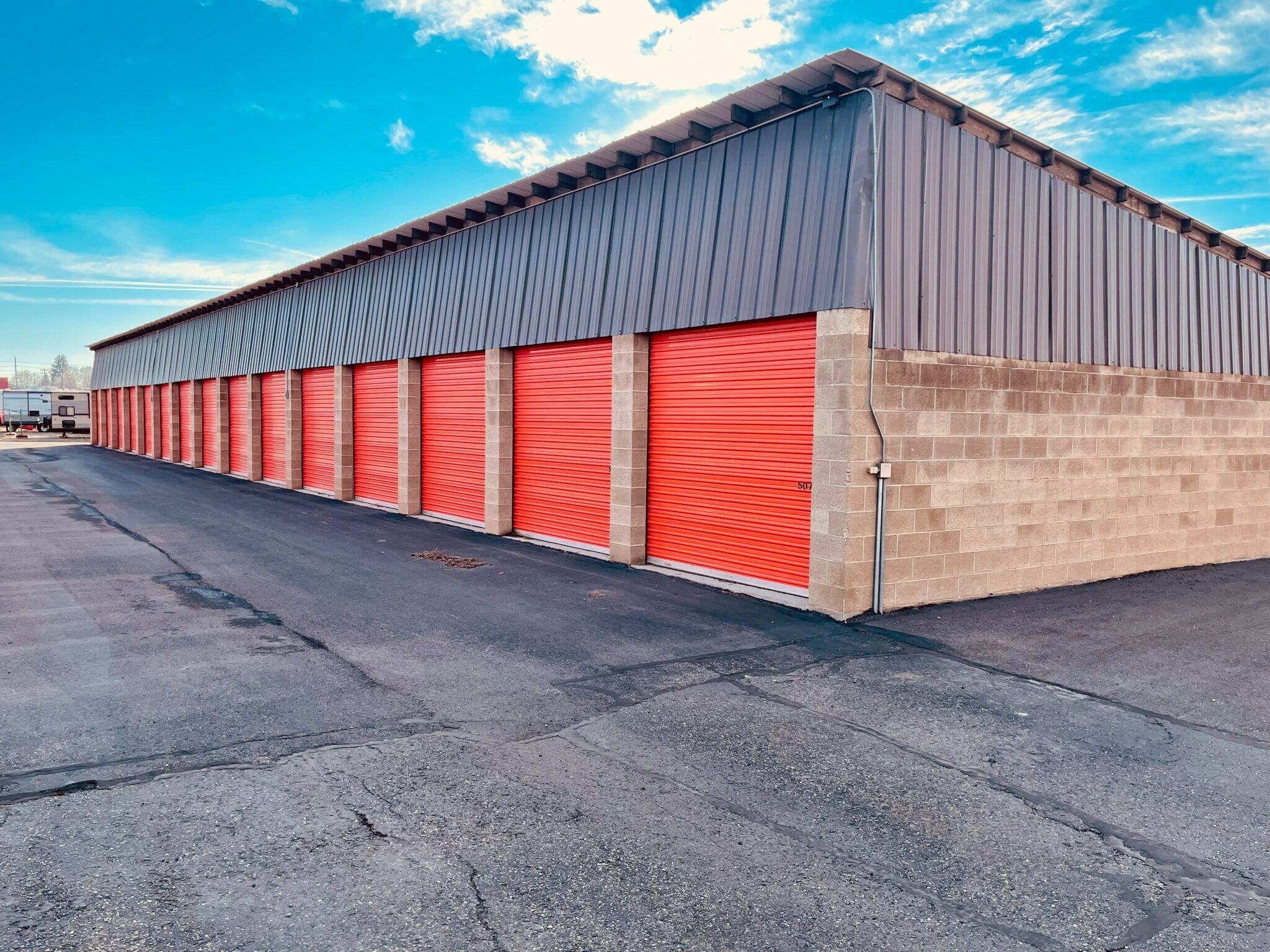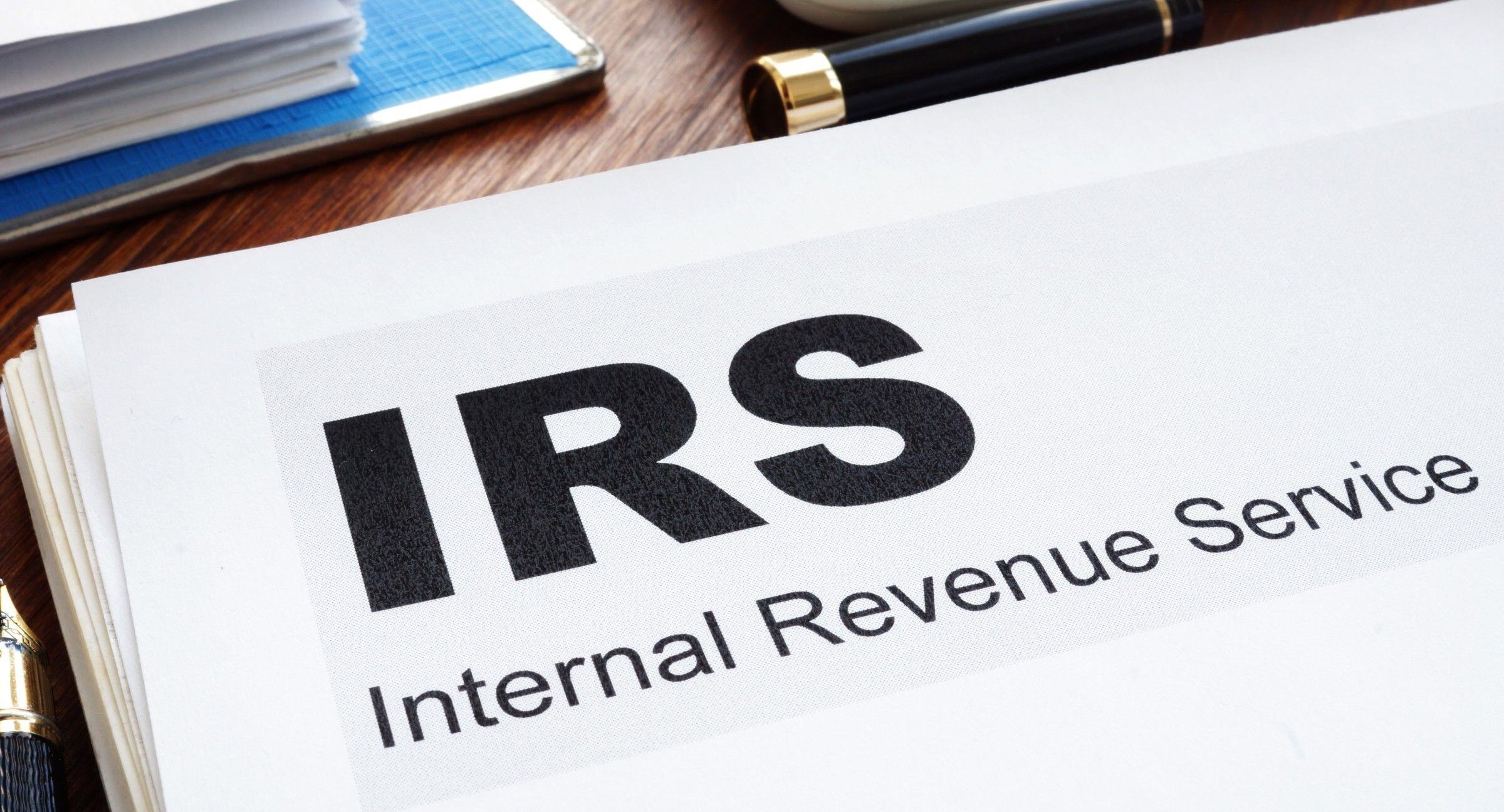Reducing or Mitigating Tax Liability on Self-Storage Properties with a Cost Segregation Study

Self-storage facilities have become increasingly popular over the past few decades, as people look for ways to store their belongings without having to worry about cluttering up their homes or apartments. For owners of self-storage facilities, there are many financial benefits to be gained through cost segregation.
Cost segregation is a tax strategy that allows property owners to accelerate their depreciation deductions, resulting in significant tax savings. This strategy involves separating the costs of a property into different asset classes, each with its own depreciation period. By doing so, owners can claim a larger deduction in the earlier years of the property’s life, which can result in lower taxes and improved cash flow.
For owners of self-storage facilities, cost segregation can be especially beneficial due to the nature of the business. Self-storage facilities typically have a large amount of personal property, such as storage unit panels, security systems, and other equipment that can be depreciated over a shorter period of time than the building itself. By properly classifying these assets, owners can reduce their taxable income and increase their cash flow.
In addition, cost segregation can also help owners of self-storage facilities who are looking to renovate or expand their properties. By identifying and properly classifying the costs associated with these projects, owners can take advantage of accelerated depreciation and claim larger tax deductions in the earlier years of the property’s life.
It’s important to note that cost segregation is a complex strategy that requires the expertise of a qualified professional. A cost segregation study involves a detailed analysis of a property’s assets and requires a deep understanding of tax laws and regulations. However, the potential benefits of cost segregation for owners of self-storage facilities make it well worth the investment.
In conclusion, cost segregation can be a valuable tool for owners of self-storage facilities who are looking to reduce their taxes and improve their cash flow. By properly classifying the assets associated with their properties, owners can take advantage of accelerated depreciation and claim larger deductions in the earlier years of the property’s life. While the strategy can be complex, the potential benefits make it a worthwhile investment for any self-storage facility owner looking to maximize their profits.

.jpg)
